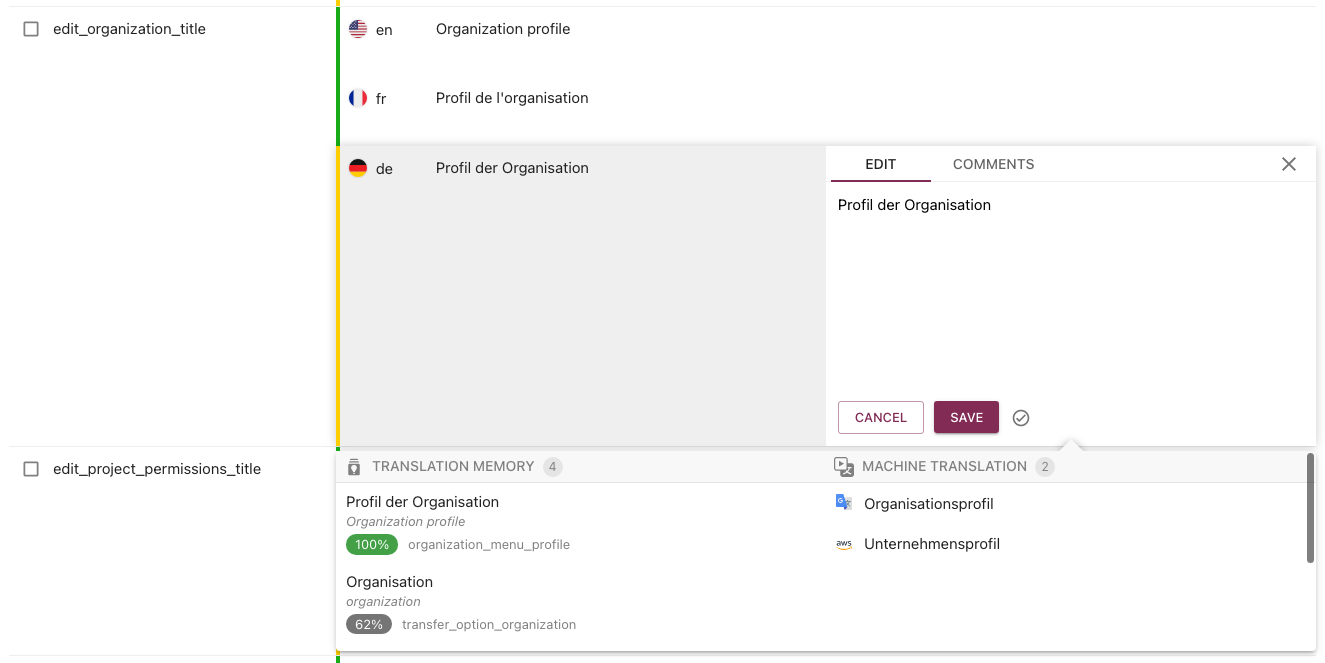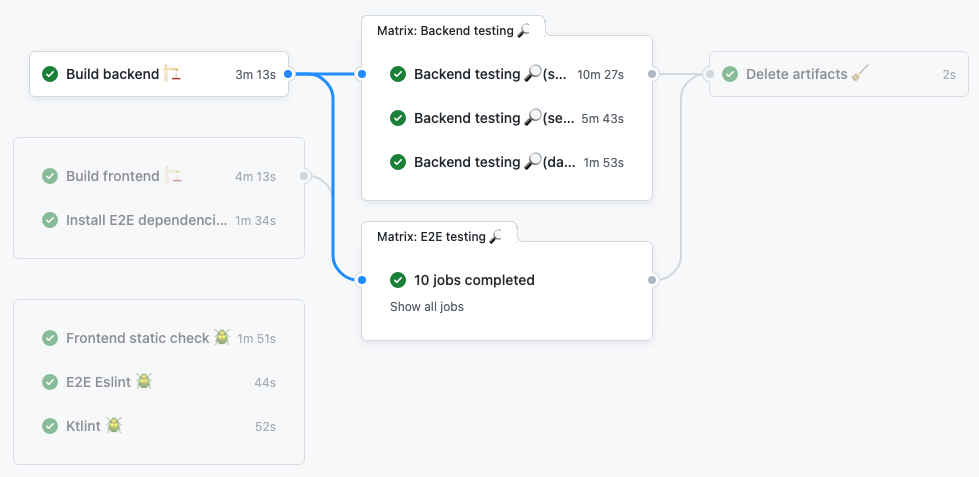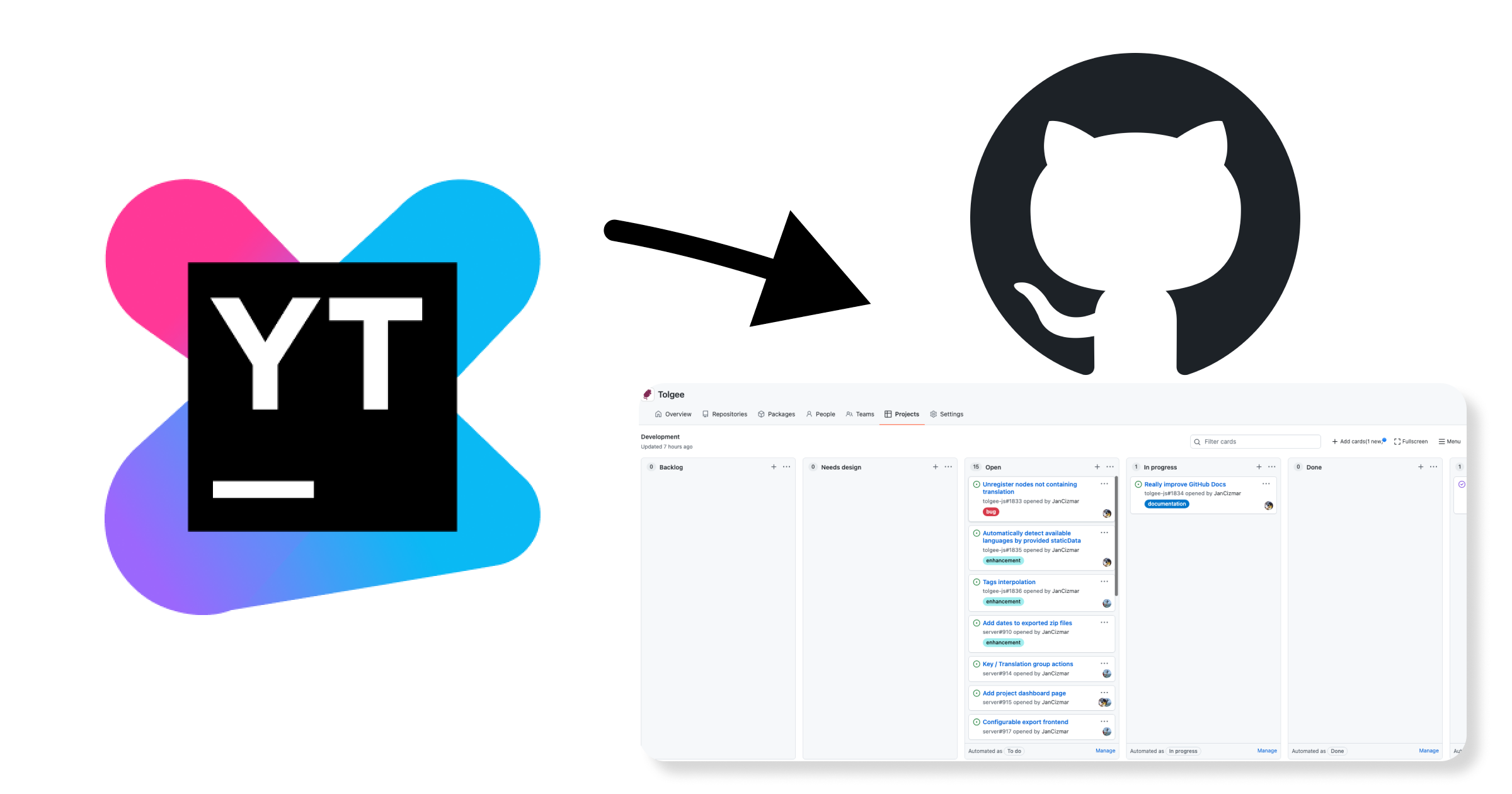New Project API key format and Personal Access Tokens 🔑
The old way how we were working with the API keys had several problems in security and usability manners. So we had to do some huge changes. However, you can stay calm. The legacy API keys are still supported, and you can use them until you delete them.









